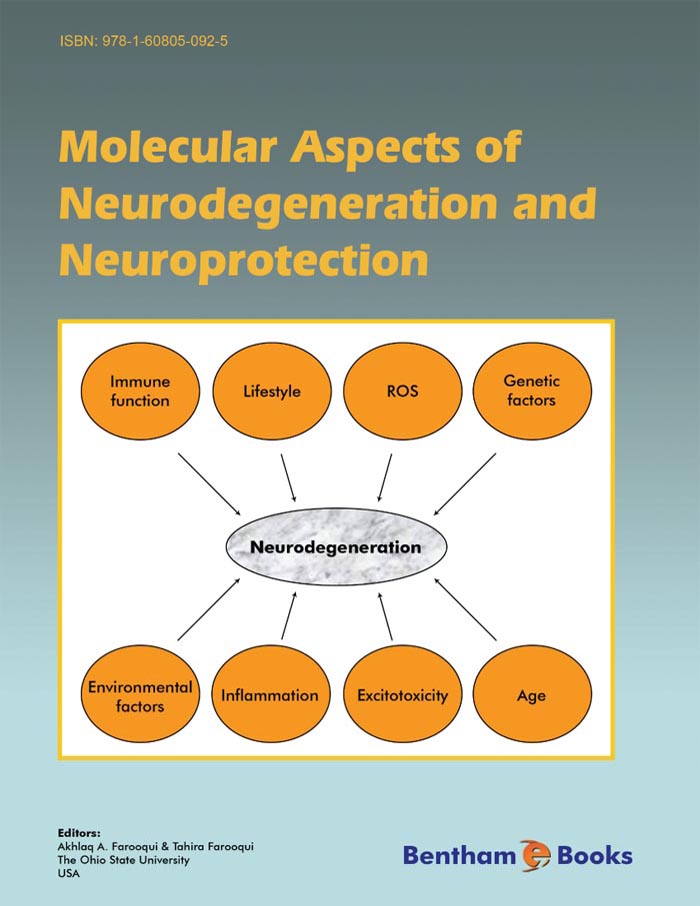Introduction
Neurodegenerative diseases are a complex heterogeneous group of diseases associated with site-specific premature and slow death of certain neuronal populations in brain and spinal cord tissues. For example, in Alzheimer disease, neuronal degeneration occurs in the nucleus basalis, whereas in Parkinson disease, neurons in the substantia nigra die. The most severely affected neurons in Huntington disease are striatal medium spiny neurons. The neuronal populations that are lost in neurodegenerative diseases modulate functions such as controlling movements, processing sensory information, memory, and making decisions. Although, the molecular mechanism of neurodegeneration remains unknown, but excitotoxicity, inflammation, and oxidative stress may contribute to neural cell demise independently or synergistically. The purpose of this E-book is to present readers with cutting edge and comprehensive information on molecular aspects of neurodegenerative diseases and neuroprotection in a manner that is useful not only to students and teachers, but also to researchers and physicians.

